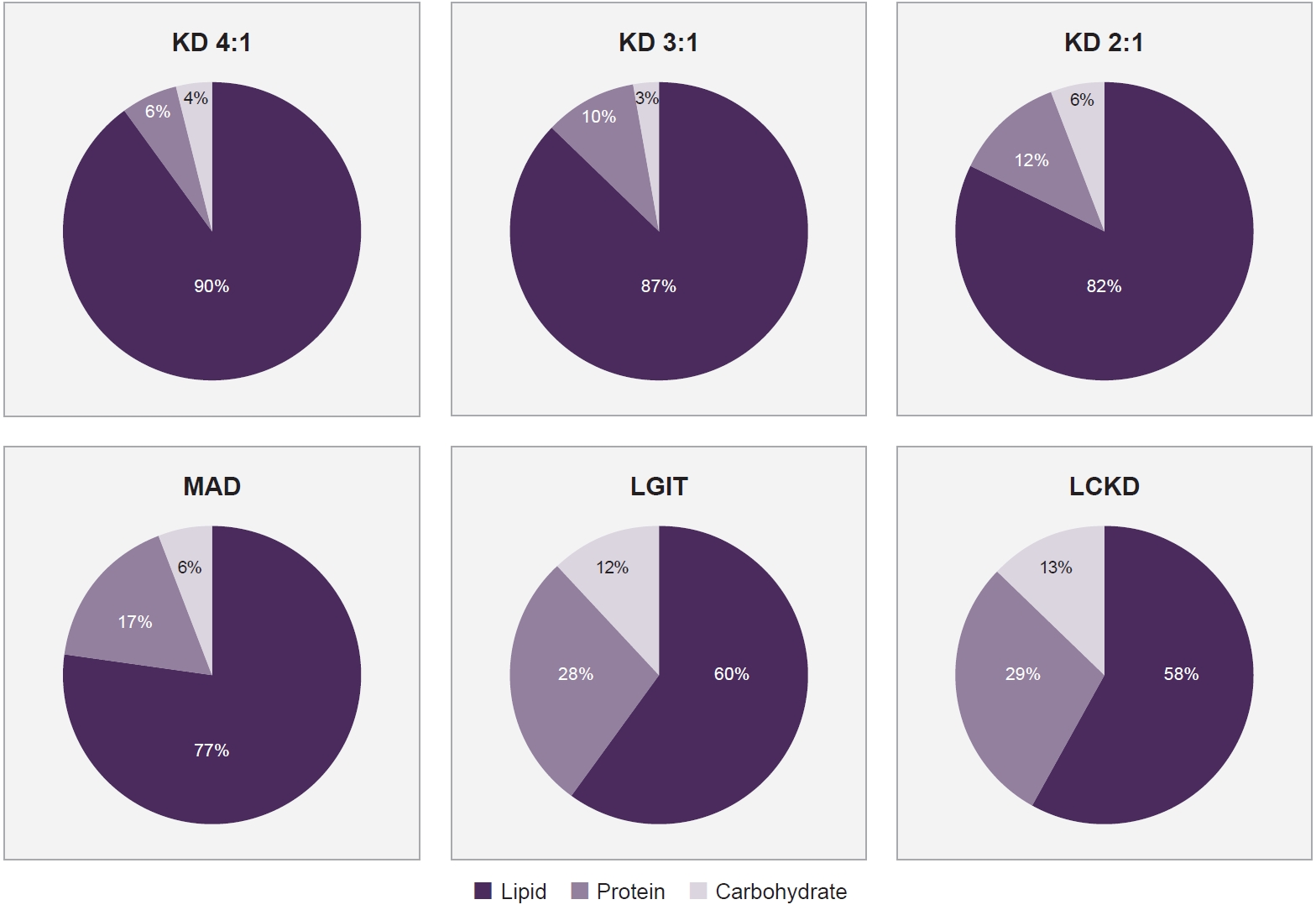Articles
- Page Path
- HOME > Headache Pain Res > Volume 25(1); 2024 > Article
-
Review Article
Application and Effectiveness of Dietary Therapies for Pediatric Migraine -
Ji-Hoon Na

-
Headache and Pain Research 2024;25(1):34-41.
DOI: https://doi.org/10.62087/hpr.2024.0007
Published online: April 17, 2024
Department of Pediatrics, Gangnam Severance Hospital, Yonsei University College of Medicine, Seoul, Republic of Korea
- Correspondence: Ji-Hoon Na, M.D., Ph.D. Department of Pediatrics, Gangnam Severance Hospital, Yonsei University College of Medicine, 211 Eonju-ro, Gangnam-gu, Seoul 06273, Republic of Korea Tel: +82-2-2019-3354, Fax: +82-2-2019-4881, E-mail: JHNAMD83@yuhs.ac
• Received: February 5, 2024 • Revised: March 29, 2024 • Accepted: April 1, 2024
© 2024 The Korean Headache Society
This is an Open Access article distributed under the terms of the Creative Commons Attribution Non-Commercial License (http://creativecommons.org/licenses/by-nc/4.0) which permits unrestricted non-commercial use, distribution, and reproduction in any medium, provided the original work is properly cited.
- 7,295 Views
- 84 Download
- 6 Crossref
Figure & Data
References
Citations
Citations to this article as recorded by 

- Episodic Migraine in the Pediatric Population: Behavioral Therapies and other Non-Pharmacological Treatment Options
Parisa Gazerani
Current Pain and Headache Reports.2025;[Epub] CrossRef - Current Trends in Pediatric Migraine: Clinical Insights and Therapeutic Strategies
Adnan Khan, Sufang Liu, Feng Tao
Brain Sciences.2025; 15(3): 280. CrossRef - Clinical Efficacy and Safety of the Ketogenic Diet in Patients with Genetic Confirmation of Drug-Resistant Epilepsy
Ji-Hoon Na, Hyunjoo Lee, Young-Mock Lee
Nutrients.2025; 17(6): 979. CrossRef - Clinical profile and treatment outcomes of idiopathic intracranial hypertension: a multicenter study from Korea
Kyung-Hee Cho, Seol-Hee Baek, Sung-Hee Kim, Byung-Su Kim, Jong-Hee Sohn, Min Kyung Chu, Mi-Kyoung Kang, Hee Jung Mo, Sang-Hwa Lee, Hong-Kyun Park, Soohyun Cho, Sun-Young Oh, Jong-Geun Seo, Wonwoo Lee, Ju-Young Lee, Mi Ji Lee, Soo-Jin Cho
The Journal of Headache and Pain.2024;[Epub] CrossRef - Nutritional Approaches to Managing Pediatric Migraine
Hye Eun Kwon
Headache and Pain Research.2024; 25(2): 75. CrossRef - Reduction of neck pain severity in patients with medication-overuse headache
Yooha Hong, Hong-Kyun Park, Mi-Kyoung Kang, Sun-Young Oh, Jin-Ju Kang, Heui-Soo Moon, Tae-Jin Song, Mi Ji Lee, Min Kyung Chu, Soo-Jin Cho
The Journal of Headache and Pain.2024;[Epub] CrossRef
 PubReader
PubReader ePub Link
ePub Link-
 Cite this Article
Cite this Article
- Cite this Article
-
- Close
- Download Citation
- Close
- Figure
- Related articles
Application and Effectiveness of Dietary Therapies for Pediatric Migraine

Figure 1. Types of dietary therapies and ratio of calories by nutrient for pediatric migraine.KD, ketogenic diet; MAD, modified Atkins diet; LGIT, low glycemic index diet; LCKD, low-calorie ketogenic diet.
Figure 1.
Application and Effectiveness of Dietary Therapies for Pediatric Migraine
| Study | Target patient (n) | Age (yr) | Study design | Type of diet therapy | Duration of study | Outcome |
|---|---|---|---|---|---|---|
| Di Lorenzo et al.35 | 35 | 18–65 | Prospective | VLCKD | 4 wk | VLCKD patients experienced –3.73 (95% CI, –5.31 to –2.15) migraine days. |
| The 50% responder rate for migraine days was 74.28% (26/35 patients) during the VLCKD period. | ||||||
| Valente et al.15 | 23 | 47.22±15.21 | Retrospective | VLCKD, KD 2:1, MAD, LGIT | 3 mo | Reduction in monthly headache days (12.5±9.5 vs. 6.7±8.6; p<0.001) |
| Reduction in days of acute medication intake (11.06±9.37 vs. 4.93±7.99; p=0.008) | ||||||
| Reduction in patients’ weight (73.8±15.2 vs. 68.4±14.6; p<0.001) and BMI (26.9±6.2 vs. 23.7±8.1; p<0.001) | ||||||
| Tereshko et al.27 | 76 | 45.90±14.77 | Prospective | KD 2:1, LGIT, VLCKD | 3 mo | The 50% responder rate for migraine days was 74.28% (26/35 patients) during the VLCKD period. |
| KD protocols effectively improved migraine intensity, frequency, MIDAS, and HIT-6. | ||||||
| Lelleck et al.24 | First study=49 | First study=41±9.2 | Prospective | LGIT | 16 wk | Reduction of headache and migraine days, as well as reductions in HIT-6 and MIDAS scores. |
| Second study=71 | Second study=40±12.3 | Migraine days decreased by 2.40 days (95% CI, –3.37 to –1.42), HIT-6 improved by 3.17 points (95% CI, –4.63 to –1.70), and MIDAS by 13.45 points (95% CI, –22.01 to –4.89). | ||||
| Pasca et al.37 | 7 | 14–18 | Prospective | Classic KD | 3 mo | 5/7 patients reported an improvement in migraine symptoms in terms of duration of the attacks, frequency, and intensity. |
Table 1. Current studies on dietary therapies for migraine
VLCKD, very-low-calorie ketogenic diet; CI, confidence interval; KD, ketogenic diet; MAD, modified Atkins diet; LGIT, low glycemic index diet; BMI, body mass index; MIDAS, Migraine Disability Assessment Test; HIT-6, Headache Impact Test 6.
Table 1.
TOP
 KHS
KHS





